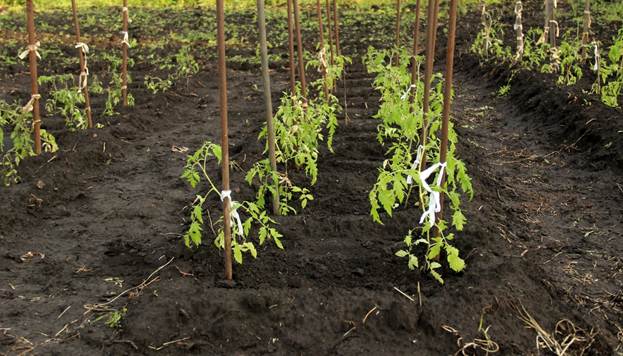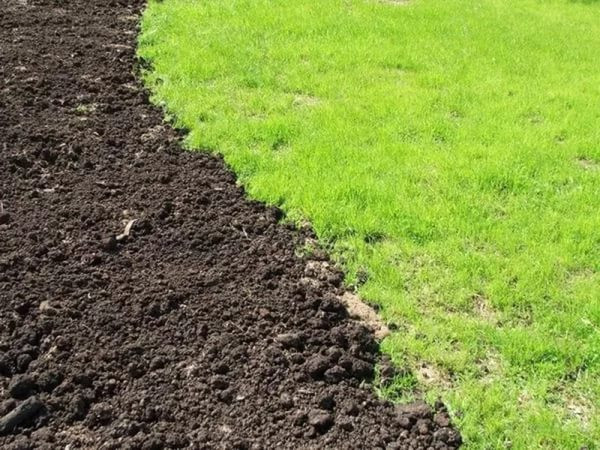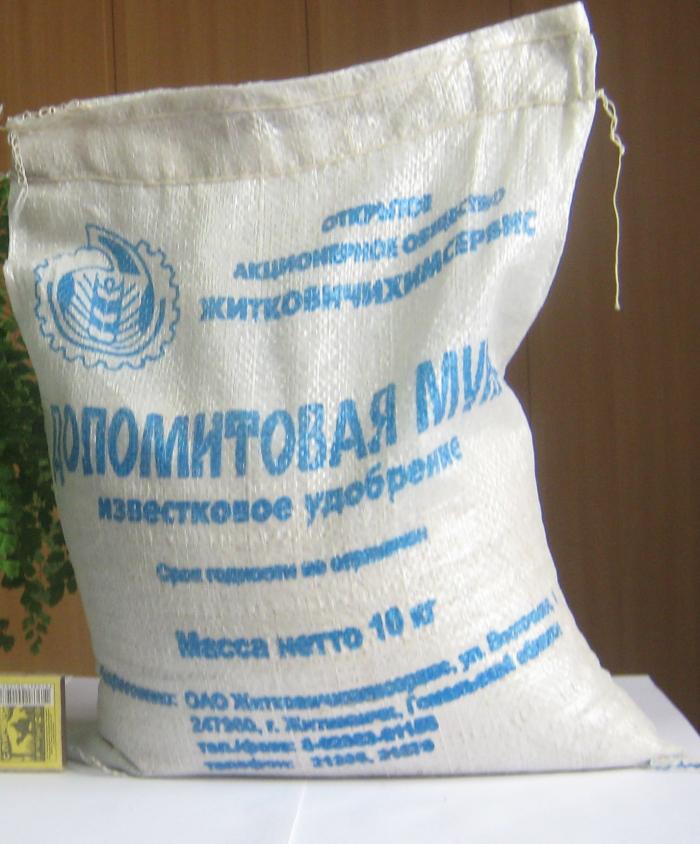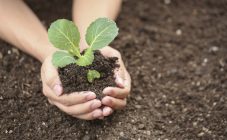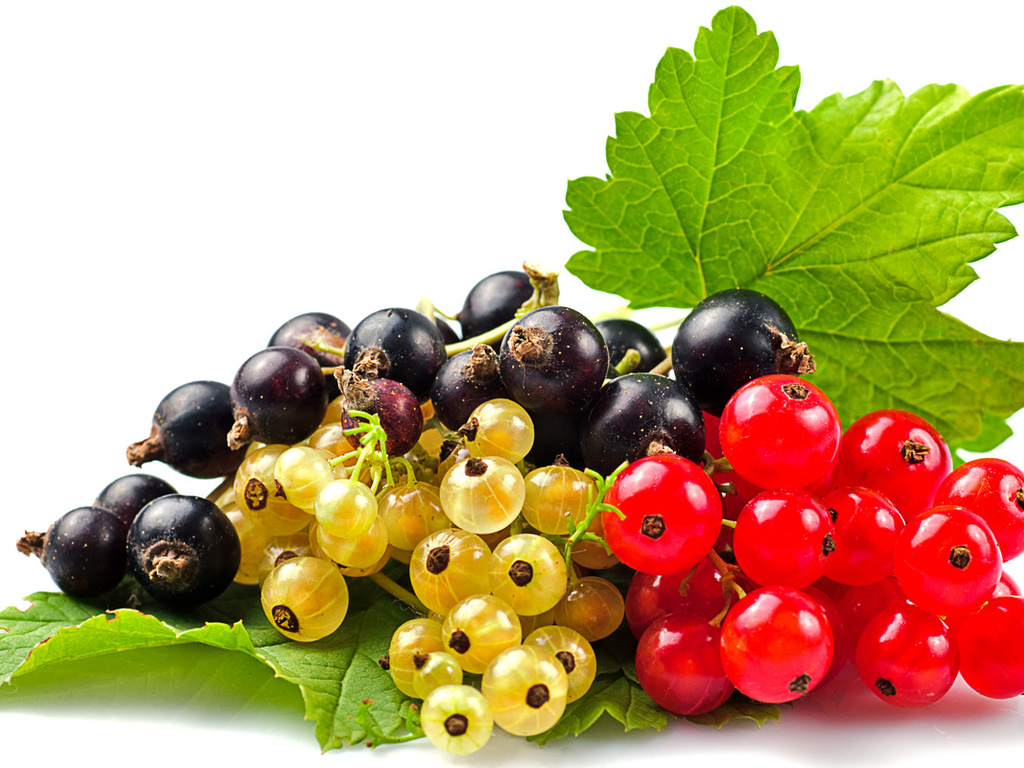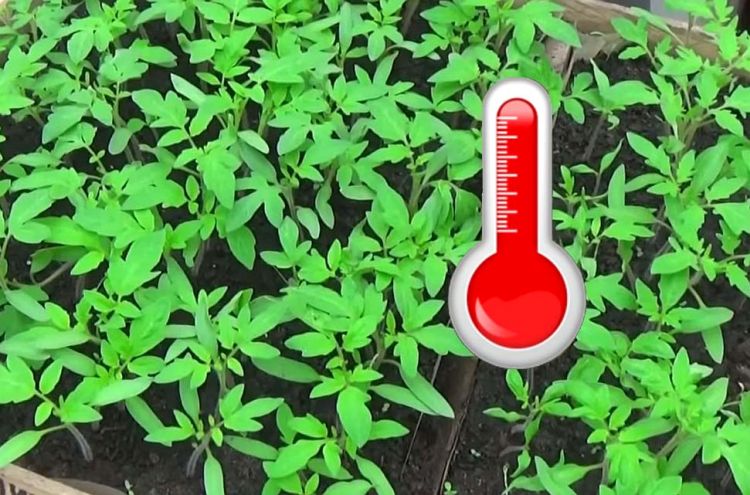Content:
Tomatoes are annual plants of the Solanov family. Their fruits are not only tasty and aromatic, but also very healthy. Tomatoes contain many vitamins, as well as malic and citric acid. To make the harvest happy, you need to think about where the seedlings will be grown. Much depends on the composition of the soil, if its acidity is too high, the tomatoes will turn black and hurt. You need to figure out what kind of soil tomatoes love and how to properly prepare it for planting.
Suitable soil for tomatoes
To understand how to properly prepare the ground for tomato seedlings, you need to know in what conditions tomatoes grow best. Tomatoes grow on almost any soil. The difference is that some soil will have to be fertilized more, and some practically will not require additional preparation. Most of all, tomatoes love loose soil with a lot of nutrients and loam.
Soil acidity indicators for tomatoes should be in the range from 5.5 to 6.5. To determine the ph level, you can use a special device or donate some material to the laboratory. The average soil temperature should be between +18 and +20 degrees.
The soil for tomatoes must contain a lot of moisture as they need a lot of water to grow properly. But you can't overdo it with moisture, excess leads to root rot and fungus. If the soil is too dry, the fruits will grow much more slowly, and the flowers will crumble. Normal humidity levels are around 80%.
Tomatoes can also be planted in clay soils. But since such land is too heavy, it will be necessary to additionally loosen it and mix it with peat. Sandy soils are too poor in nutrients, so much more organic fertilizer will be required. What other soil do tomatoes like?
- Peat priming... One of the most popular for growing tomatoes, it contains 80% peat. The earth is rather loose and "breathes" well, letting in both air and moisture, which are so necessary for the roots.
- Chernozem... Very nutritious soil, great for tomatoes, but too dense and heavy, so chernozem is used only in a mixture with other types of soil.
Tomatoes aren't the only soil that is important for fast growth and good yields. Even if you choose the ideal composition, it is worth considering the amount of sunlight, the concentration of fertilizers and the distance between the plants. In addition, tomatoes cannot be grown in the same place for more than 1 season, the site must be changed.
How to prepare soil for tomatoes
Preparing the soil for tomato seedlings should begin in the fall, and it is best to store it outdoors in a large, strong box. During the winter, the bacteria will die in the cold and it will be suitable for planting tomatoes. The composition of the soil for seedlings of peppers and tomatoes should include the following elements:
- garden land;
- humus;
- compost.
All this is mixed in equal proportions. For nutritional value, superphosphate or ash should be added to the finished mixture, this will provide the necessary trace elements for good tomato growth. Here are some more substrate options:
- Peat and coconut substrate are mixed in equal proportions.Separately, a mixture of humus, vermiculite and garden soil is made and added to the previous composition in a ratio of 1 to 2.
- Sawdust and sand in equal parts are mixed with humus in a ratio of 2 to 1.
- Ash in the amount of 300 g, superphosphate (3 tablespoons) and potassium sulfate (1 tablespoon) are added to a mixture of earth, compost and humus.
You can make soil for seedlings with your own hands or use ready-made ones in bags, in this case you will need 3 kg of land per 1 m2. Before using a store substrate, you should definitely treat it with Fitolavin. This will avoid possible contamination - it is not known what the ground could come into contact with during the harvesting process.
In autumn, it is recommended to dig up the beds for planting tomatoes in dry weather. The soil is dug to a depth of 20 cm, no more, so that it is convenient to apply fertilizers. In the spring, the soil for tomatoes will require more thorough processing. Before planting, you need to dig up the area several times, then apply mineral fertilizers and humus. Well-dug soil with a nutrient medium will help seedlings grow faster and get stronger.
But for planting seeds, a mixture of turf and humus or a ready-made soil composition from a store is taken. Recently, coconut substrate has been actively used for growing seedlings, tomatoes grow in it very quickly. For the first time, small pots or plastic jars measuring 5 × 5 cm are enough, after picking, larger containers are used. The seedlings themselves feel good on a well-lit windowsill.
How to deoxidize the soil
So, what acidity of the soil should be known for tomatoes is no more than 6.5. If the ph is above normal, the tomatoes will hurt. You can determine the acidity of the earth yourself, just look at the weeds that grow on it. In areas with a low ph level, creeping wheatgrass grows, an almost indestructible pest. But in very acidic soil, wood lice feel good, so the thickets of this grass clearly indicate that the soil for tomatoes must be deacidified.
It is not difficult to check acidity at home. To do this, boil currant leaves with boiling water and let the broth brew. Then add a little earth from the site to the jar and watch the reaction. If there is a lot of acid, the water will turn red, blue indicates low ph, and green indicates neutral soil.
What to use to deoxidize the soil:
- Lime... In autumn, 1 m2 of land is poured into a bucket of fluffy lime, and then the soil is loosened. It is not recommended to mulch for the winter, in the spring such soil will thaw for a long time. If the alkaline reaction is too high, sulfate granules are added to the soil.
- Dolomite flour... For 1 m2, ¾ of a bucket of flour is used, and then the soil is poured for winter.
- Ash... For the first time, take a three-liter can of ash per 1 m2 of soil, the next year the amount of fertilizer can be reduced.
- Phacelia... Beautiful lilac flowers grow quickly, reduce the acidity of the earth and prevent wireworms. The plot is sown with phacelia for the whole summer; next year, tomatoes can be grown in such soil.
From the point of view of the ph level, peat is suitable for tomato seedlings, it has a low, and sometimes neutral acidity. The main disadvantage of such a soil in the absence of a large amount of nutrients, the peat soil will need to be refined with turf, sand and organic matter.
Folk tips for preparing the beds for growing tomatoes
It is known what kind of soil tomatoes love, but what if the soil on the site does not quite meet the requirements? Here are some tips from seasoned gardeners on how to prepare the soil for planting and growing tomatoes:
- If you don't have your own compost, purchased vermicompost or sapropel (silt from the bottom of freshwater lakes and rivers) will do.
- Seedlings grow well on a mixture of sawdust and sand in a ratio of 2 to 1. For additional nutrition, such soil is impregnated with mineral fertilizers.
- Hardwood sawdust is an excellent baking powder. Already stale sawdust is best suited, fresh ones must first be soaked in boiling water and squeezed out. Next, wet sawdust is mixed with urea (about 40 g of the substance is enough for one bucket), they are added to the soil already slightly dried.
- If the soil is acidic, it must be treated with ash every two years, or lime added every four years.
- Before planting tomatoes in open ground, the beds must be treated with antifungal drugs.
- The soil for growing tomatoes must be loose - the roots of the plants are rather weak, it is difficult for them to absorb nutrients when the soil is too dense.
- Tomatoes grow best in those beds where cucumbers, pumpkins, potatoes, onions or cabbage were cultivated before them.
- Mulching after planting tomatoes prevents weeds from appearing in the beds. You can use thin scraps of newspaper, the paper will gradually rot in the garden, while retaining moisture.
If you follow the simple recommendations, tomatoes will quickly take root after planting in the ground and will grow.
So what kind of soil do tomatoes need? Tomatoes can grow in almost any kind of outdoor or greenhouse soil, as long as they have enough moisture, nutrients and light. It is better to use mixtures containing peat, sand, humus and humus with the addition of mineral fertilizers. Such substrates can be prepared by hand or purchased at a specialized store. It is also important to monitor the acid level and keep it at 5.5 - 6.5, deoxidizing the soil if necessary.
